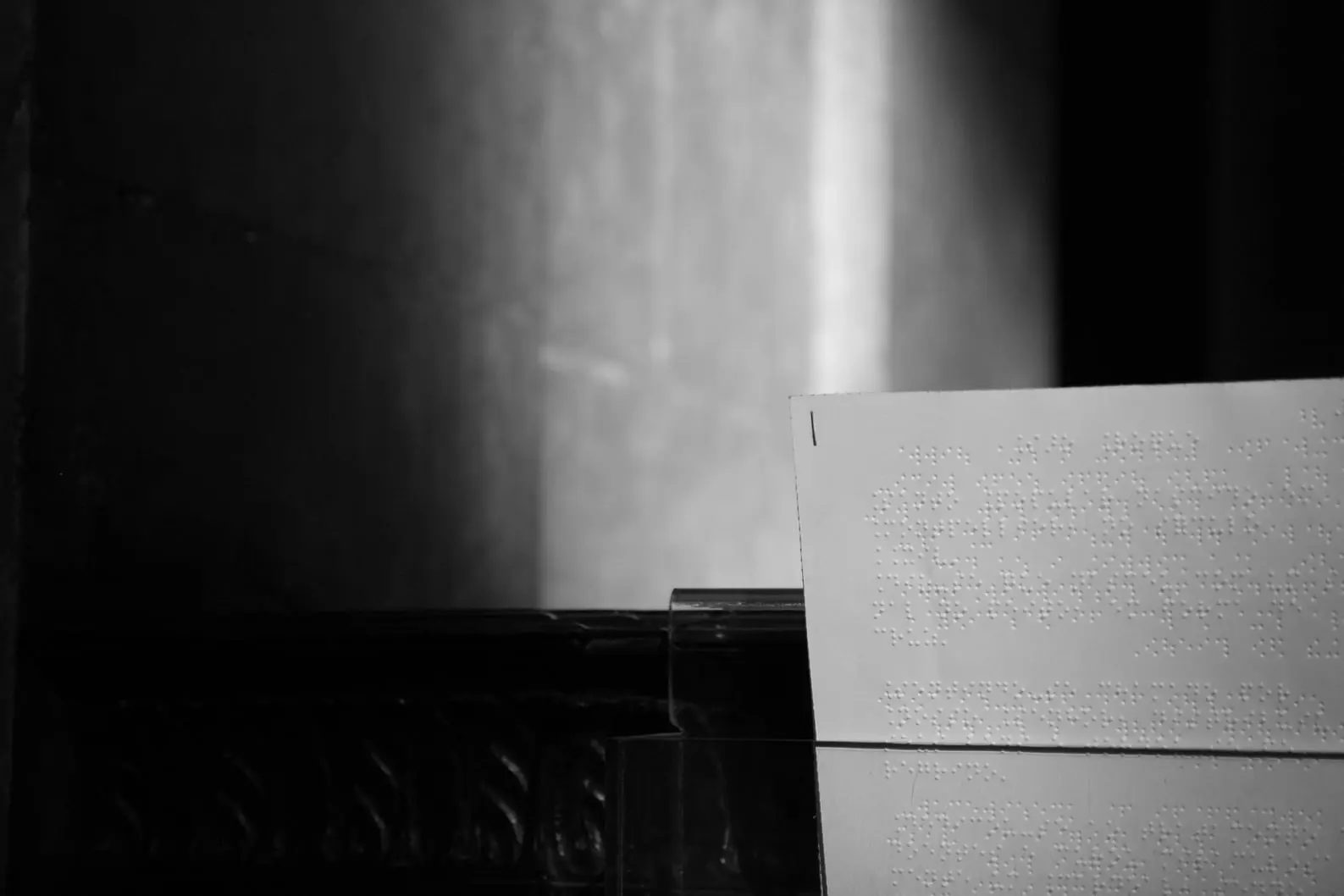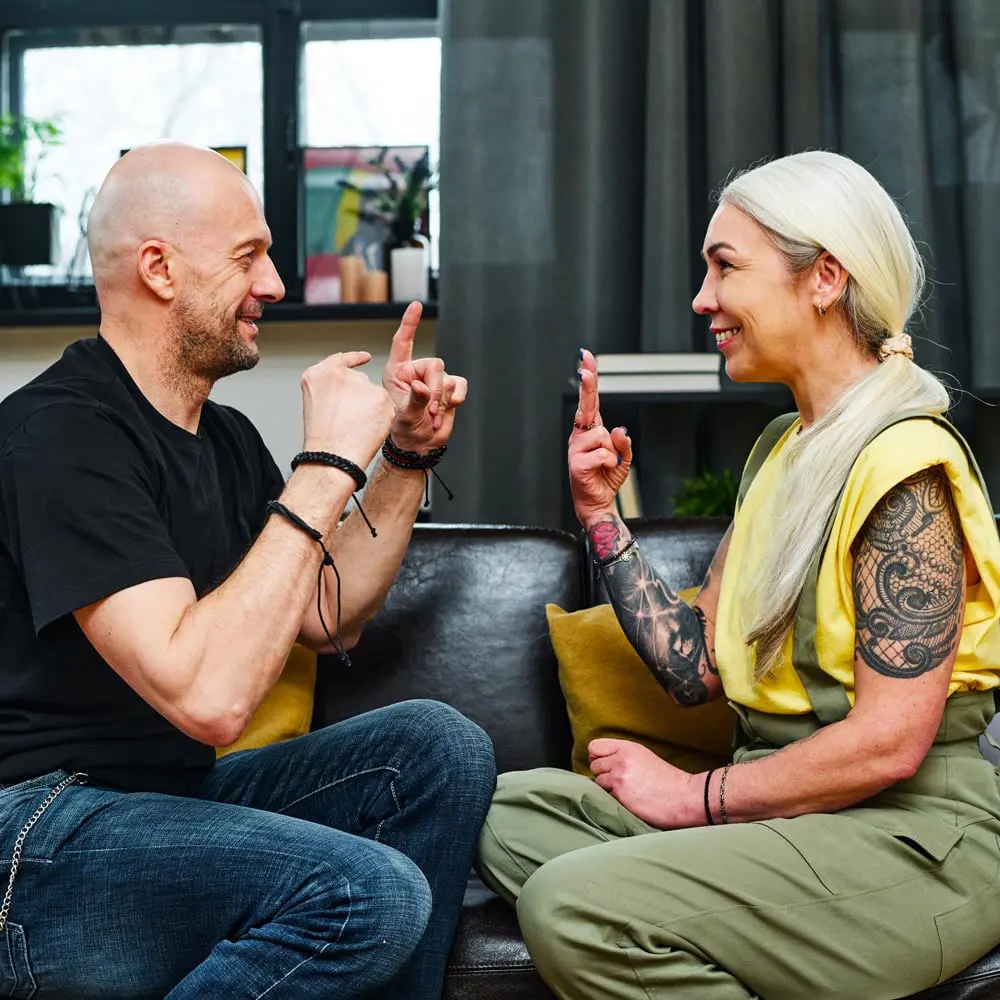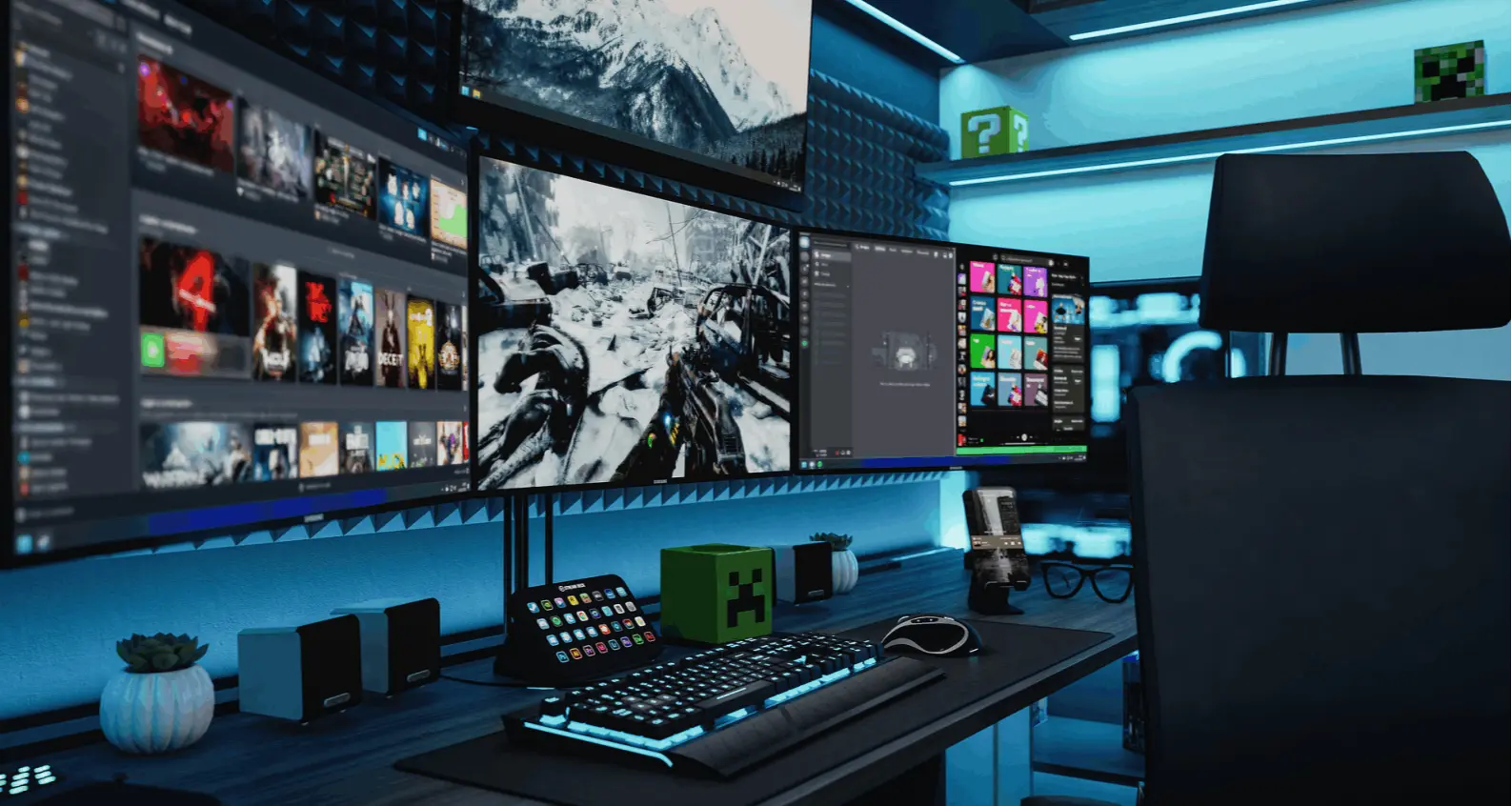Translation, Localization & Interpreting Agency
Via F. Brioschi 33, 20136 Milan, Italy
TEL. +39 02 367233 20 (r.a.)
VAT No. 08827250963
Privacy Policy // Cookies // Work with Us
© Copyright 2025 FabrizioGiagoni.it - All Rights Reserved

Dotwords provides language accessibility services for companies and institutions committed to true inclusion. We support people with sensory disabilities, members of the deaf and blind community, and linguistic minorities.

We create content in multiple formats, from written texts to videos, using translation, subtitles, sign language (LIS), and audio descriptions for the blind.
Our goal is to communicate effectively effectively and ensure important messages reach everyone, helping fight discrimination and promoting socially valuable activities.
Subtitling for audiences who are deaf involves a specialized workflow using techniques and protocols that turn video and audio content into an accessible format for those who are deaf or hard of hearing.
This type of subtitling is designed to convey not just spoken language but also body language and relevant sounds in the scene. For example, a speeding train passing by or someone jumping joyfully into a puddle.
Subtitling for the deaf ensures the message is clear and immediate, without changing its content. It respects both the linguistic register and emotional tone To do this, we follow conventions recognized by the deaf community, such as using color to indicate which character is speaking and highlighting sound effects in the text.
When creating intralingual subtitles for people who are deaf, reading speed is another key consideration. Audiences who are deaf often read more slowly and may struggle with longer texts or subtitles that span multiple lines. For this reason, we prefer subtitles that are one line long, or two at most if the sentence allows for a clear break.


To deliver subtitling for people who are deaf or hard of hearing , it’s essential to follow specific editorial standards and conventions. These relate to the length, la placement, color, duration and font of the subtitles.
It is also necessary to know how to summarize, simplify, and clarify the original message without altering its meaning or tone, often by carefully adjusting punctuation.
Providing professional subtitling for deaf audiences is not just about having a solid grasp of written and spoken language. It also requires specialized training in audiovisual translation and subtitling, hands-on experience, and ongoing collaboration with LIS (Italian Sign Language) interpreters who understand the needs of the deaf community.
Dotwords offers accessible subtitling services, supported by the right technology to create, edit, sync, and format subtitles according to the characteristics of each video and the client’s requirements.
Audio description is a service that enables people who are blind and visually impaired to enjoy content originally created for the general public. It makes television programs, films, sporting events, theater performances, and more accessible.
Audio description involves recording an additional track that narrates everything not visible to a blind or low-vision viewer who is blind or has low-vision. Elements like costumes, settings, facial expressions, and actions are carefully described to provide a vivid and detailed understanding of the scene.
The narration is inserted during natural pauses in the original audio, ensuring a smooth experience. Creating high-quality audio description requires specialized skills and a structured workflow: it begins with a script written by professional audio describers, followed by voice recording with one or more narrators, and ends with the final audio mix, which is integrated into the original soundtrack.

A community is recognized through many dimensions, and language is one of the most important. Through language, a community expresses its culture: stories, fairy tales, religious rites, traditions. Everything is embedded in language. When a language disappears, the cultural identity of that community disappears as well.
This is why protecting linguistic minorities is essential. Without a language and those who pass it on, knowledge is lost and the world becomes poorer.
Translation plays a crucial role by building bridges between different cultures. By translating documents such as official forms, medical records, and civic regulations, we help minority groups integrate while preserving their identity.
This is one example of how translation supports and helps linguistic minorities to thrive.

At Dotwords we apply our expertise to projects such as subtitling personal development courses for the deaf and hard of hearing. This work has even attracted the interest of the leadership of the National Deaf Association of Lombardy. We also provide multilingual translation and localization services for organizations like D.i.Re (Women’s Network Against Violence). Additionally, we support causes close to us, such as the nonprofit Associazione non profit Handicap…su la testa! where our team volunteers.
Our accessibility services are designed for people who are deaf and hard-of-hearing, people who are blind and visually impaired, linguistic minorities, and individuals with sensory disabilities.
To learn more, please fill out the form at the bottom of the page.
Learn more about our projects and experiences.